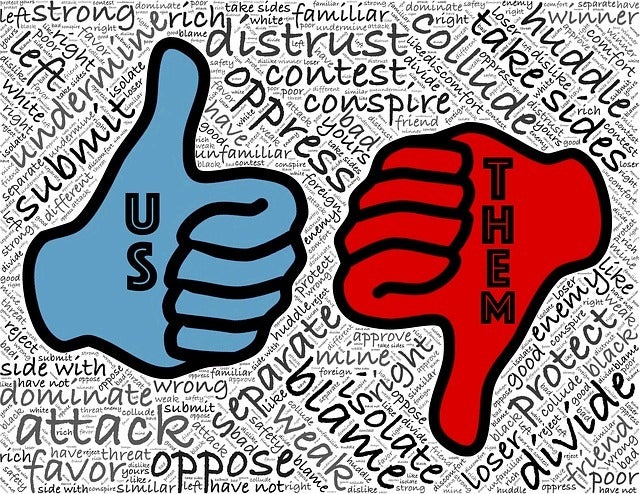
A friend I tend to agree with shared an article on Facebook from the (conservative) National Review, commenting that the magazine’s readers didn’t appreciate it. I had been mulling over the left wing freak out over the New York Times’ new columnist Bret Stephens’ first piece and relished finding a similar example on the right. So, I clicked through and gave “Inequality and the Fracturing of American Democracy” a read and I was glad I did. Then I took a look through the comments on their Facebook feed and found that the top ones were actually appreciative of the article’s intellectual challenge to both right and left wing thinking.
Take that, smug liberals!
Well, actually, there were some other comments further down about how there has never been equality in the U.S. and never will be since that would be Marxism. There were also quite a few arguments over the use of the word democracy and the dangers of direct democracy, but nothing near the meltdown the Stephens’ column provoked.
His column, titled “Climate of Complete Certainty” was mostly about the dangers of 100% certainty, especially when it comes to data and science. What got him into hot water with NYT readers was daring to use climate change as an example of science that’s not 100% certain. He didn’t deny climate change nor its man made component. He pointed out that not all research is 100% in agreement (like all scientific endeavors) and that activists exaggerate messages in order to further their causes.
Now, here, I’m going to ask you to read the whole article carefully for yourself before your start bashing me as a right wing apologist. What he said was nothing radical. Yet it provoked a left-wing tizzy fit complete with stories of people canceling their New York Times subscriptions.
I can’t help but think of the students at UC Berkeley who recently protested Ann Coulter’s scheduled and eventually cancelled speech. Isn’t the point to go listen and shoot tough questions at the speaker? Or at least protest when she’s actually there? Lefties look down on Fox viewers as brainwashed simpletons. Yet we are doing the very same thing by not allowing people we disagree with on campus or threatening to cancel a subscription for an article we don’t agree with. We unfriend or unfollow those on Facebook that we disagree with and avoid any political discussion when we’re face to face. It’s like plugging our ears and humming so we don’t have to endure hearing something unpleasant.
And while I would have liked to see the New York Times add a female columnist (I’m available), their effort to add a conservative one is an honest reaction to the very real bubble that most of the media lives in. A couple Politico journalists put together a whole lot of data that show how it has rapidly expanded, mostly due to the economics of a more and more digitalized media world that has gravitated to the coasts. This means that most journalists are living and working in places where Hillary Clinton won by a landslide. Even if they fly in to flyover country to report on Trump’s America, they don’t get it the way local journalists will, and there are less and less of them.
So, while the media bubble is indeed real and certainly they made their fair share of mistakes during the 2016 election, these are some awfully big structural and economic challenges they are facing. In the meantime, let’s not sit around gnashing our teeth over it. No one’s putting a gun to your head and making you read one newspaper or watch a certain news show. Nope, it’s up to you and it’s about time we all took responsibility for our own personal media bubbles.
We have the entire internet at our disposal. Even if you don’t tweet, set up a free account and follow (or make a Twitter list of) a healthy mix of left and right newspapers, journalists and TV shows. You’re welcome to follow my news list or take some ideas from it and I invite you to send me your recommendations. Another option is to engineer your Facebook feed to include more than just the usual suspects by liking the pages you would normally avoid like the plague. Another ridiculously easy way to expand your media diet is to check out The New York Times’ new curated section of political writing from the left and right.
While you’re at it, go ahead and read the token conservative (or liberal) columnist in your go-to newspaper. You don’t have to like it or agree with it, but you might just learn something.
